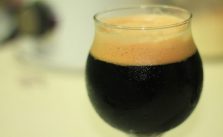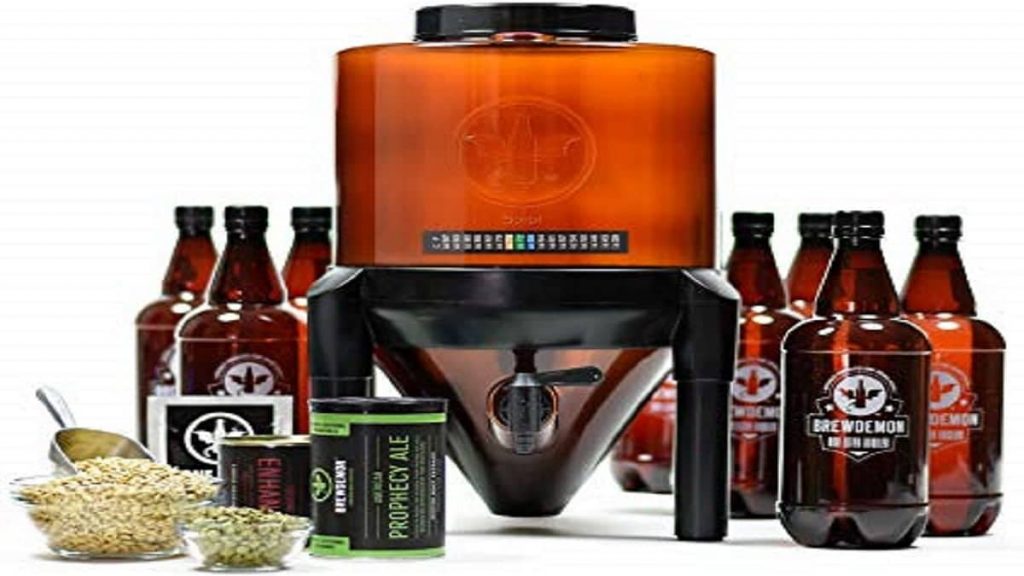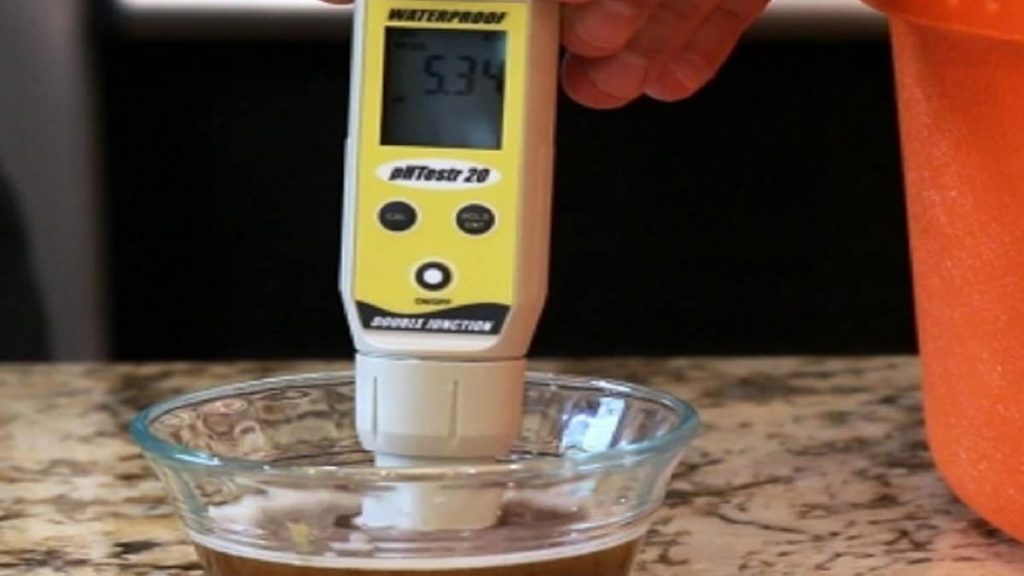If you belong to the anti-lager crowd, there’re strong chances that you like the taste, color, and texture of the stout beer. This English/Irish beer variant lies at the opposite end of light beers. It’s dark in color and rich in taste with a lingering bitterness that adds to the flavor instead of negating it. The bitter undertone, strong aroma, and dark hue of stout beer come from the roasting of malt at high temperatures and the dash of coffee beans that go into it.
Your next venture should be brewing the bonafide stout beer if you’re into craft brewing and like to try new recipes and variants. Here, we’ll discuss how to brew stout beer in detail. We’ll walk you through all the ingredients and equipment you’d need and the steps you’ve to follow for brewing your own supply of pure stout beer.
What You’ll Need to Brew Stout Beer
- A boiling pot or a hot liquor tank
- A mash tun
- Non-rinse sanitizer
- Kitchen scales
- Thermometer
- Funnel/ bottling wand
- Fermenter and airlock or Carboy
- Keg
- Empty bottles and caps
- Strainer
Pick Your Ingredients
We’re making pure stout beer here with no additives and even natural flavoring agents. Therefore, the list of ingredients you’d need is pretty short.

- 12oz Roasted Barley
- 6lbs Maris Otter
- 2lbs Flaked Barley
- 4oz Franco-Belges Kiln Coffee
- 5oz Cluster (60 min)
- Irish Ale Yeast (Wyeast 1084 or White Labs WLP004)
Prepare Strike Water
Let’s start with preparing the water for converting the maximum starch of malted grains into fermentable sugar. For the grain amounts we’ve mentioned above, pick 3 gallons of water. It’ll make a suitable grist-to-water ratio. It’d be best if you use bottled spring water because it’s free of any ions and chemicals that can stop water from activating fermentation enzymes.
If you’re using tap water, boil it for 10-15 minutes and cool it to the “strike temperature.” This is the temperature value where water is able to activate the maximum number of enzymes. Three gallons of water must be maintained around 165F for its optimal strike value.
Make the Mesh
Now add the strike water to the ground malted grains including coffees in a mash tun, maintain its temperature around 153F, and stir the mixture for a couple of minutes. After making sure it is adequately mixed, leave it at the same temperature for the next 45-50 minutes. Let the strike water do its work on the malted grains.
Lauter the Mesh
Lautering is a crucial step in making your own supply of stout beer. This is where you increase the wart’s volume while extracting the maximum amount of sugar content from the grains. It consists of three steps: mash-out, sparging, and recirculation.
- Mash-out is the process where you increase the temperature of the mash to up to 170F for a couple of minutes. It’s done at the end of mashing to inactivate the enzymes for keeping the mesh a little fluid.
- Sparging entails passing hot water through the mash to extract every last bit of sugar from it. As the mashing is about to end, heat two gallons of water for sparging. Then gradually add this water to the mash.
- Recirculation involves passing through the same sparging water again and again through the mash for optimal sugar extraction.
At the end of lautering, you’ll be ready with the wort of your stout beer.
Boil the Wort
Put the wort in the heating container and heat it till it starts boiling over or set the temperature at 200F and let it simmer for an hour. Also, add hops to the mix in this step. If you don’t want to filter the wort for its entire hop residue afterward, use a hop bag. This bag creates a barrier between the wort and the solid residue while letting the extracts pass to the solution. Put the hops in the bag and keep it dunked in the boiling container for the entire boiling duration.
Add the Yeast and Ferment the Wort
After boil out, let the wort cool down to the room temperature. It can take up to an hour. As the thermometer shows temperature around 70F, you can add yeast to the wort. If you’ve got a fermenter, it’ll become a breeze to complete the fermentation without any oversight. Even if you don’t have a standalone fermenter, you can carry out the process in a carboy. However, you need to ensure that the fermenting solution’s temperature is maintained at 68F for 14 consecutive days. We would suggest you take three temperature readings daily to ensure that consistency.
Complete the Carbonation
Most people like to have a zing of cola drinks in their beers. If you want that, proceed with this step. Otherwise, your stout mesh is ready for consumption after the above step. For carbonation, you need a keg and carbonation agent. Corn sugar dissolved in boiling water will carbonate your batch for that slight soda zap. For our batch volume, 3.5oz of corn sugar will be enough.
While putting the fermented solution into the keg, use a strainer to ensure no residues end up in its bottom. Keep the beer in the keg for a couple of days for further conditioning and then pour it into bottles. After bottling the beer, let it settle again at room temperature for a couple of days. Then refrigerate them and gather all your anti-lager brethren and enjoy the dark and rich homemade stout beer.
Our Final Thoughts
Stout beer doesn’t just boast a richness of color and taste. It also boasts healthy consumption. Studies have found out that this beer variant contains two times more antioxidants than the light beers. If you manage to brew the perfect keg of stout beer for personal consumption, your antioxidant dietary intake will be sorted out.




